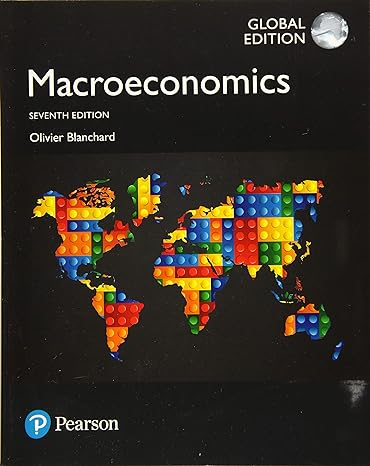Monetary policy in a liquidity trap Suppose that money demand in problem 9 holds as long as
Question:
Monetary policy in a liquidity trap Suppose that money demand in problem 9 holds as long as interest rates are positive. Answer the following questions when the interest rate is equal to zero:
a. What is the demand for money when the central bank sets the interest rate at zero?
b. If the central bank cuts interest rate to \(-0.5 \%\), what is the effect on the demand for money?
c. Which central banks have adopted a zero or a sub-zero interest rate policy?
d. Can you justify the reasons behind the negative interest rate policy? Do these reasons always hold in practice?
e. Bank of Japan has been using negative interest rates for a long period of time. Go to the Web site of the Bank of Japan and check the statistical database (https://www .stat-search.boj.or.jp) to trace the interest rates. Identify the periods when Bank of Japan followed a zero and subzero interest rate policy. Check from the same database how interest rates affect money stock.
Data from problem 9
Tools of monetary policy
Suppose that the household nominal income in an economy is \(£ 5,000\) billion and the demand for money is given by
\[
M^{d}=£ Y(0.08-0.4 i)
\]
Step by Step Answer:






